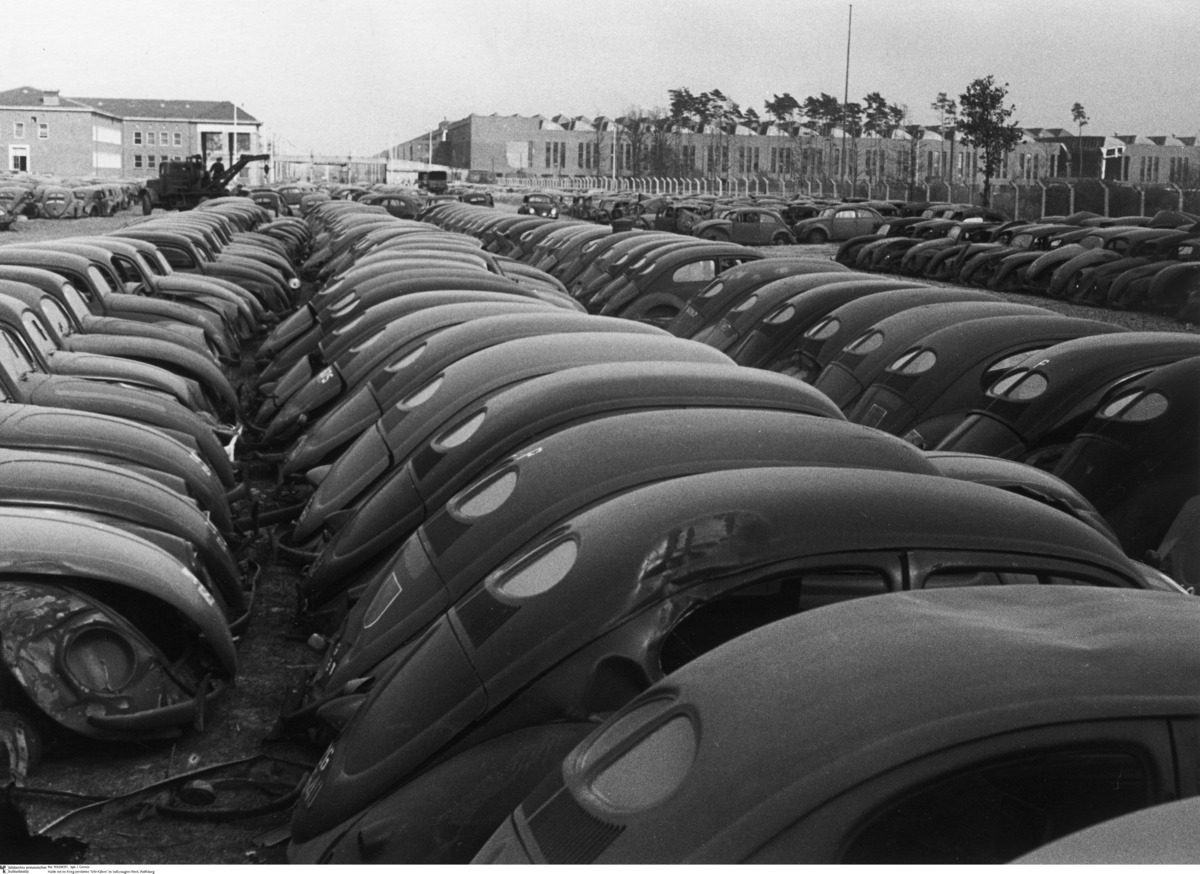Abstract
Founded in 1938 for Volkswagen factory workers, Wolfsburg was known
as the “City of the KdF-Car.” Built by Ferdinand Porsche, the
Volkswagen [People’s Car] was a
symbol of the National Socialist
Volksgemeinschaft [national
community]. The idea was to produce a car that would be affordable to a
broad segment of the population. Potential buyers were even given the
option of participating in a savings plan, whereby they could save 5
Reichsmark a week until they had reached their goal – 990 Reichsmark, or
the price of a Volkswagen. By the end of the war, aspiring car owners
had paid about 300 million Reichsmarks into this savings plan. The
problem, however, was that only a few hundred VWs had actually been
built by that point; instead, the VW works had focused on producing for
military use about 50,000 jeeps
[Kübelwagen or “bucket cars”] and
14,000 amphibious vehicles – and had employed approximately 20,000
forced laborers in the process. In July 1945, two months after the
initial occupation by American troops, British military authorities
assumed responsibility for the VW factory in Wolfsburg. The manner in
which occupation authorities implemented Allied dismantling policy in
Wolfsburg differed from the approach they took with Krupp in Essen. In
Wolfsburg, the policy was implemented in a constructive and pragmatic
way: under the supervision of British control officers, especially Major
Ivan Hirst, production of the VW Beetle started on a mass scale. At
first, the cars were produced to meet Allied troops’ need for vehicles,
then they were produced to sell abroad to earn money to defray
occupation costs. The VW factory was transferred to the government of
the Federal Republic in October 1949. Shortly thereafter, the Beetle
became an export sensation and a general symbol of the West German
“economic miracle.”
